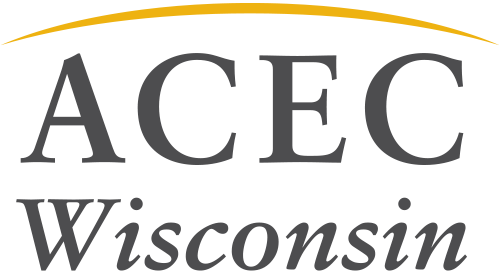Understanding and Preventing Workplace Microaggression

Session three of our diversity and inclusion series focused on the important topic of microaggressions. As we learned from Deborah Biddle of The People Company that microaggressions come in many forms and each and every one of us, even unconsciously, are capable of committing a microaggression.
Microaggressions “make people feel as if their identity is not welcome by others and that they are “outsiders” in the workplace and society.” Microaggressions can cause good employees to leave your company and withdraw from society to avoid the pain of microaggressions.
Deborah taught us how to understand and identify microaggressions and respond to microaggressions as the aggressed, as a bystander, and as the aggressor (be it unintentional).
Understand
What is a microaggression?
Microaggressions “are the everyday verbal, nonverbal, and environmental slights, snubs, or insults, whether intentional or unintentional, which communicate hostile, derogatory or negative messages to targeted people based solely on their marginalized group membership.” -Derald Wing Sue, Columbia University
Microaggressions come in the categories of microassaults, microinsults, and microinvalidations.

 Identify
Identify
It is important to note that except in the case of microassaults, microaggressions can be a challenge to identify because they can be caused unconsciously with no malicious intent. This is caused by a lack of understanding and awareness by the person delivering the microaggression. When you intend to compliment, be supportive, or are just curious – it's possible the interpretation will be a microaggression.
What seems like a compliment to you, may be perceived by a marginalized group as offensive and hurtful. For example, when you tell someone “You speak English so well,” this can be interpreted as “you are not American.” If you say to a person, “You are a credit to your race,” this can be interpreted as “people of your background are unintelligent.”
 Respond
Respond
If no harm is meant, can’t we just forget about what was said and move on? No – with a little effort on all parts, we can improve the situation and reduce microaggressions in our workplaces and communities.
Aggressed
When you are at the receiving end of a microaggression, it is important to not let the microaggression pass. Being silent means you agree with it and it will not improve future interactions with you or other marginalized populations. Take the following steps.
- Stop and take a deep breath
- Assume offense was not the intent
- Acknowledge what you heard, ask for clarifications as required
- React - Reiterate that you are not blaming the person, only expressing the way the comment/action made you feel
Bystander
Not everyone is in a position, especially if they already feel like an outsider, where they feel comfortable speaking up in response to a microaggression. Individuals are less likely to speak up when someone needs help if others are around. The more bystanders, the less likely anyone will act.
As leaders in your workplace we challenge you to have the courage to act.
- Step in when you hear something hurtful or offensive being said, even if it is not directed at an individual. Example: shut down the sexist and racist jokes/comment in the lunchroom or industry event.
- Be an advocate and raise awareness when you see a microaggression take place. Explain how the slight witnessed may be interpreted by others.
Aggressor
In most cases, we don’t even realize that we’ve said or done something that has caused harm. When confronted with this fact, we are often shocked and in disbelief. We are all people working to learn and improve, to make our world more inclusive and welcoming.
When confronted respond in the following steps.
- Take Responsibility. Don’t expect the benefit of the doubt. Example “I didn’t mean it, why can’t we just move on” is not an appropriate response and this is not taking responsibility.
- Apologize (only after this can healing begin). If the microaggression was delivered publicly, you must apologize publicly as well.
- Offer Restitution. Now that you know better – do better.
 Next Steps
Next Steps
This training and all-other Diversity and Inclusion activities are not made to make people feel guilt and shame, they are intended to raise awareness and provide resources for individual and company growth. We encourage you to do the following to reduce microaggressions in your workplaces:
- Recognize that dismissive attitudes are harmful.
- Engage in self-reflection to identify times that you have been microagressive in your personal and work life.
- Participate in continuing education activities.
- Avoid making assumptions and labeling individuals.
- Foster discussions surrounding diversity with colleagues and supervisors.
Register for Inclusive on Purpose
About the Guest Blogger
 Julia Busch, PE is a Roadway Engineer and Wisconsin Roadway Manager with HDR. She is a member of ACEC Wisconsin’s Diversity & Inclusion Committee and leads “Diversity & Inclusion Moments” during ACEC Wisconsin Transportation Quarterly Meetings.
Julia Busch, PE is a Roadway Engineer and Wisconsin Roadway Manager with HDR. She is a member of ACEC Wisconsin’s Diversity & Inclusion Committee and leads “Diversity & Inclusion Moments” during ACEC Wisconsin Transportation Quarterly Meetings.
